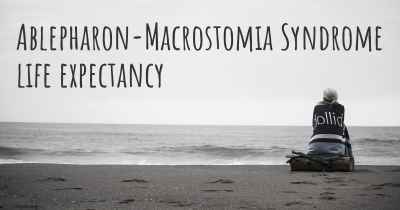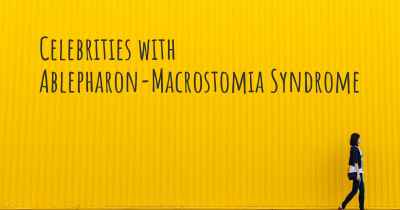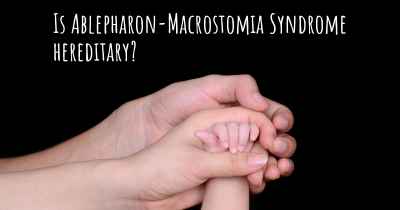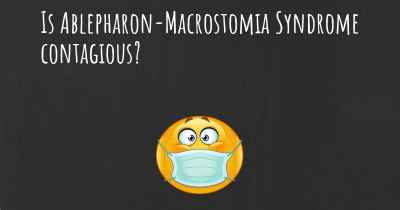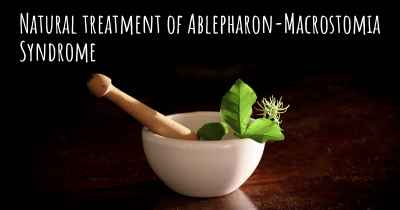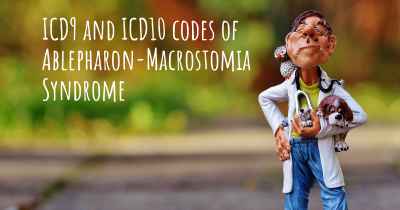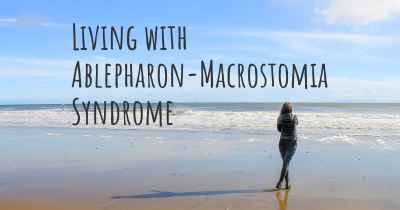What are the latest advances in Ablepharon-Macrostomia Syndrome?
Here you can see the latest advances and discoveries made regarding Ablepharon-Macrostomia Syndrome.
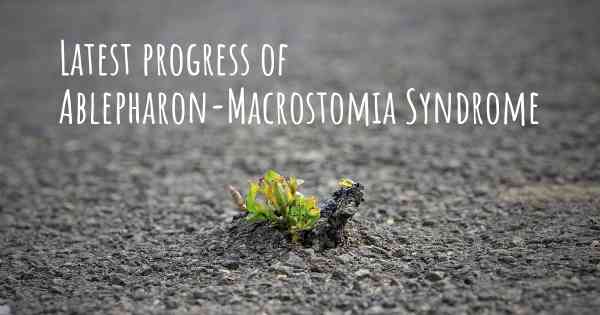
Ablepharon-Macrostomia Syndrome (AMS) is a rare genetic disorder characterized by the absence or severe underdevelopment of eyelids (ablepharon) and a wide mouth (macrostomia). It is an extremely rare condition, with only a few dozen cases reported worldwide. Due to its rarity, research on AMS is limited, and there have been no significant breakthroughs in recent years. However, efforts are being made to better understand the syndrome and improve the management of affected individuals.
Genetic Studies: Scientists have been conducting genetic studies to identify the underlying cause of Ablepharon-Macrostomia Syndrome. Recent research has focused on identifying specific gene mutations responsible for the condition. By studying the genetic makeup of affected individuals and their families, researchers hope to gain insights into the molecular mechanisms involved in AMS. These studies may eventually lead to targeted therapies or interventions.
Improved Diagnosis: Advances in genetic testing techniques have facilitated the diagnosis of Ablepharon-Macrostomia Syndrome. Genetic testing can now detect specific gene mutations associated with AMS, enabling accurate and early diagnosis. Early diagnosis is crucial for appropriate medical management and counseling of affected individuals and their families.
Management and Treatment: Currently, the management of Ablepharon-Macrostomia Syndrome focuses on addressing the specific symptoms and complications associated with the condition. Multidisciplinary care involving various medical specialists is essential to provide comprehensive support to affected individuals.
Ophthalmological Interventions: As AMS primarily affects the eyelids, ophthalmological interventions play a significant role in managing the condition. Surgical procedures can be performed to reconstruct or create eyelids, improving eye protection and function. These interventions aim to enhance the quality of life for individuals with AMS by addressing the visual impairments associated with the absence or underdevelopment of eyelids.
Oral and Maxillofacial Interventions: The wide mouth (macrostomia) characteristic of AMS may require oral and maxillofacial interventions. These interventions can help address feeding difficulties, speech impairments, and dental abnormalities. Orthodontic treatments, dental prosthetics, and speech therapy may be utilized to improve oral function and enhance communication abilities.
Psychosocial Support: Individuals with Ablepharon-Macrostomia Syndrome and their families may benefit from psychosocial support services. Coping with a rare genetic disorder can be challenging, and access to counseling, support groups, and educational resources can help individuals navigate the emotional and psychological aspects of living with AMS.
Collaborative Research: Given the rarity of Ablepharon-Macrostomia Syndrome, collaboration among researchers, clinicians, and affected individuals is crucial. Collaborative efforts can facilitate the sharing of knowledge, resources, and patient data, ultimately leading to a better understanding of the syndrome and potential advancements in its management.
In conclusion, while there have been no significant recent breakthroughs in the treatment of Ablepharon-Macrostomia Syndrome, ongoing research and advancements in genetic studies, improved diagnosis, and multidisciplinary management approaches offer hope for the future. By continuing to explore the underlying genetic causes and collaborating across disciplines, scientists and medical professionals aim to improve the quality of life for individuals with AMS and their families.
